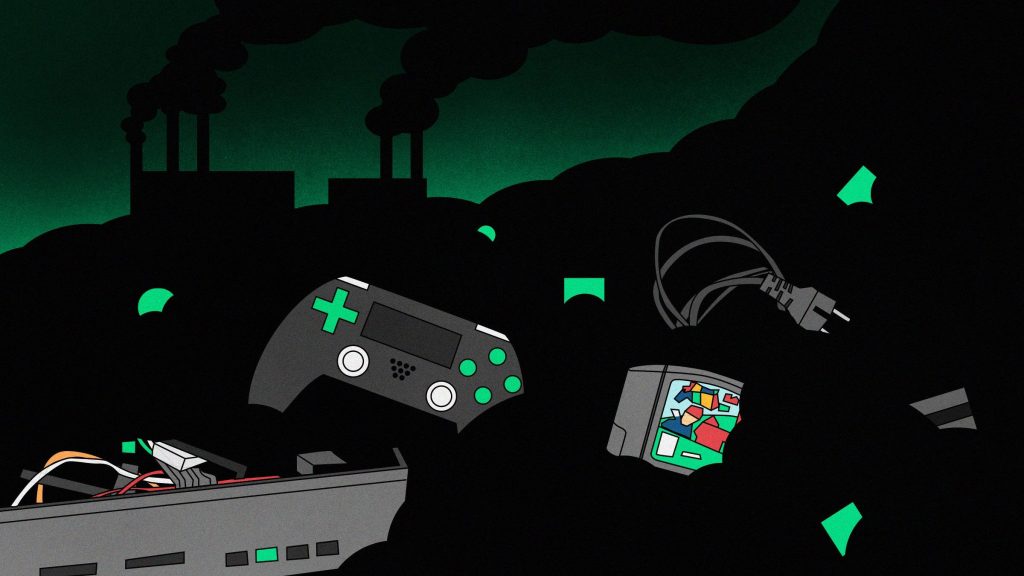
Gaming has become a multi-billion-dollar industry, captivating millions of players around the globe. However, the rising popularity of gaming consoles and PCs has led to an increasing concern regarding their environmental impact. In this article, we will delve into the various ways in which gaming consoles and PCs contribute to environmental degradation and explore potential solutions to minimize their footprint.
Energy Consumption
Gaming consoles and PCs are notorious energy consumers. The powerful hardware required to run graphics-intensive games often translates to substantial energy consumption. Moreover, gamers tend to spend extended periods playing, resulting in a continuous drain on power resources. As a result, the carbon footprint associated with the energy consumption of gaming devices cannot be overlooked.
To mitigate this issue, manufacturers are developing more energy-efficient consoles and PCs. Several gaming devices now come with built-in power-saving features such as sleep mode or automatic shutdown timers. Additionally, gamers can make a difference by consciously turning off their devices when not in use and optimizing energy settings to reduce power consumption.
E-Waste Generation
Another pressing environmental concern related to gaming consoles and PCs is the production of electronic waste, commonly known as e-waste. With the rapid advancement of technology, newer versions of gaming devices become available at an alarming rate, leading to a higher turnover of obsolete equipment.
To address this issue, manufacturers and consumers must embrace sustainable practices. Manufacturers can play a vital role by designing devices that are more durable, upgradable, and easily recyclable. In addition, they can implement take-back programs that encourage customers to return their old devices for responsible disposal or refurbishment.
On the consumer side, proper e-waste management is crucial. Instead of discarding old devices in regular trash, individuals should consider donating or selling them, ensuring that they are refurbished or properly recycled. This reduces the environmental impact of e-waste and promotes a circular economy mindset.
Toxic Substances
Gaming consoles and PCs contain various toxic substances, including lead, mercury, cadmium, and brominated flame retardants. When not disposed of properly, these substances can leak into the environment, contaminating soil and water sources.
The responsible management of gaming devices includes recycling them through certified e-waste facilities that adhere to strict environmental regulations. By doing so, the toxic substances present in consoles and PCs can be safely extracted and disposed of, preventing the environmental and health hazards they pose.
Manufacturing Process
The production of gaming consoles and PCs involves a complex manufacturing process that consumes vast amounts of resources and energy. This process contributes significantly to greenhouse gas emissions and depletes natural resources.
Manufacturers are increasingly adopting eco-friendly practices to minimize the environmental impact of production. This includes utilizing renewable energy sources, implementing recycling programs for manufacturing waste, and reducing overall resource consumption.
As consumers, we can support environmentally conscious companies by choosing gaming devices produced through sustainable manufacturing processes. By doing so, we encourage the industry as a whole to prioritize sustainability.
Conclusion
The environmental impact of gaming consoles and PCs cannot be ignored. However, by taking steps to address energy consumption, e-waste generation, toxic substances, and manufacturing processes, we can mitigate the negative effects on our planet. It is essential for manufacturers, gamers, and society as a whole to work together towards developing and adopting sustainable practices within the gaming industry. By doing so, we can continue to enjoy our games while minimizing our ecological footprint.


